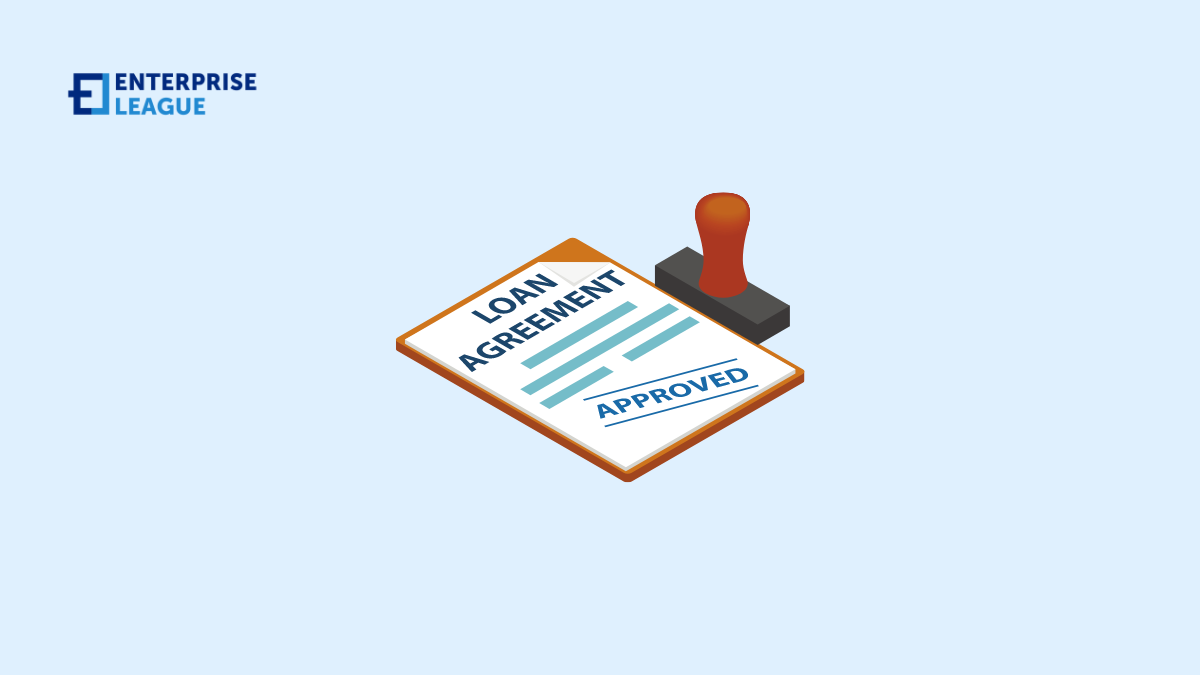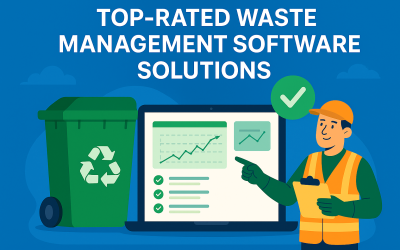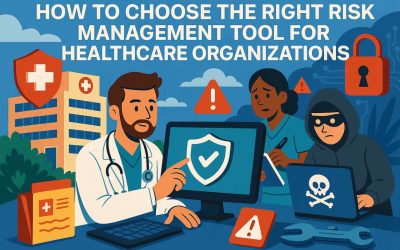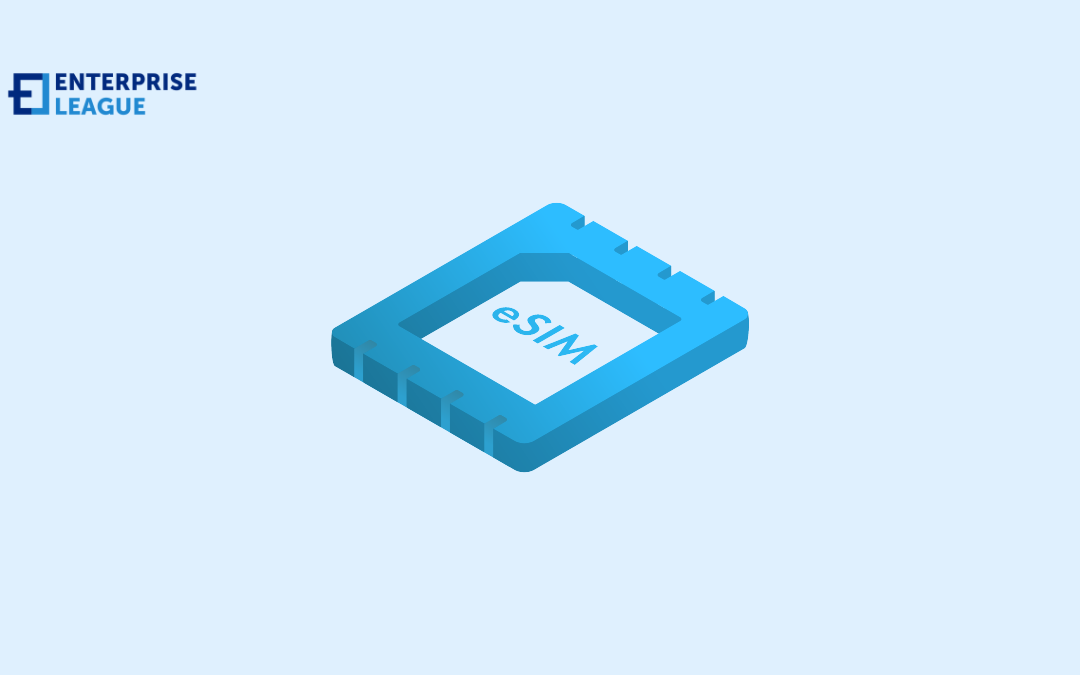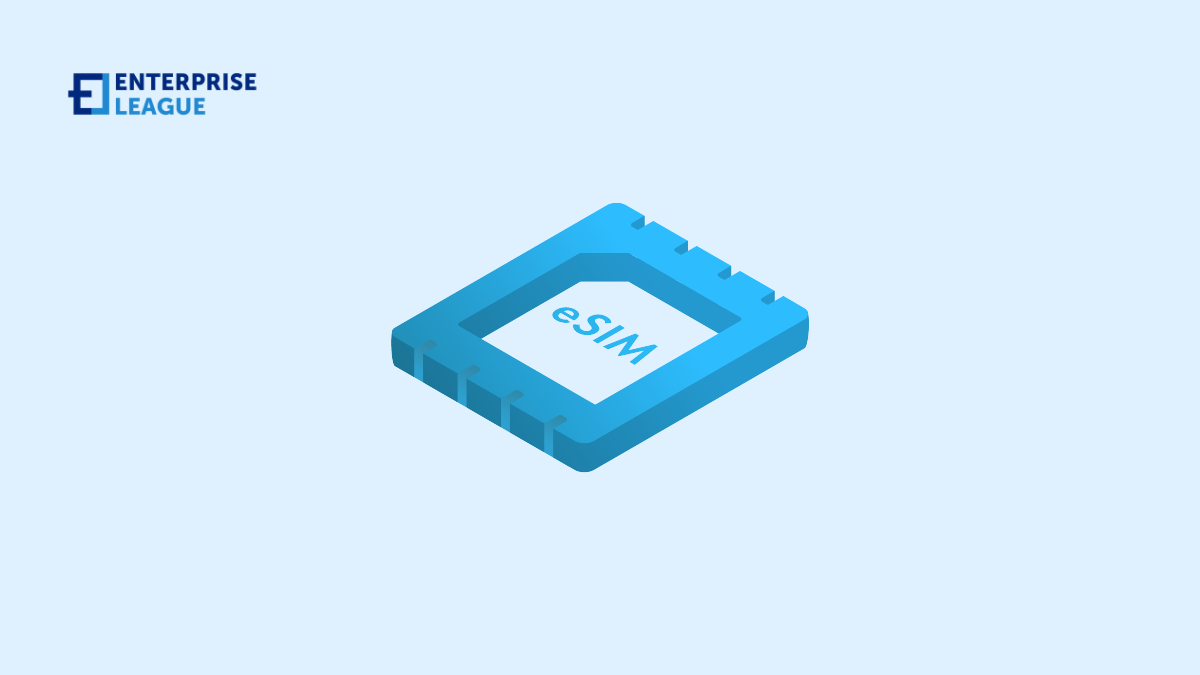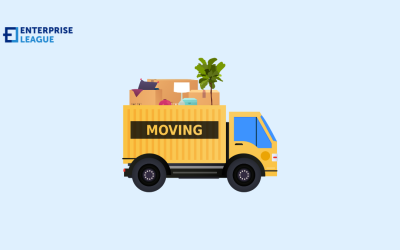Business owners need reliable fire safety equipment to protect their buildings, employees and customers. Finding quality fire protection products from trusted manufacturers helps ensure compliance with safety regulations while providing peace of mind. Why buckeye fire...
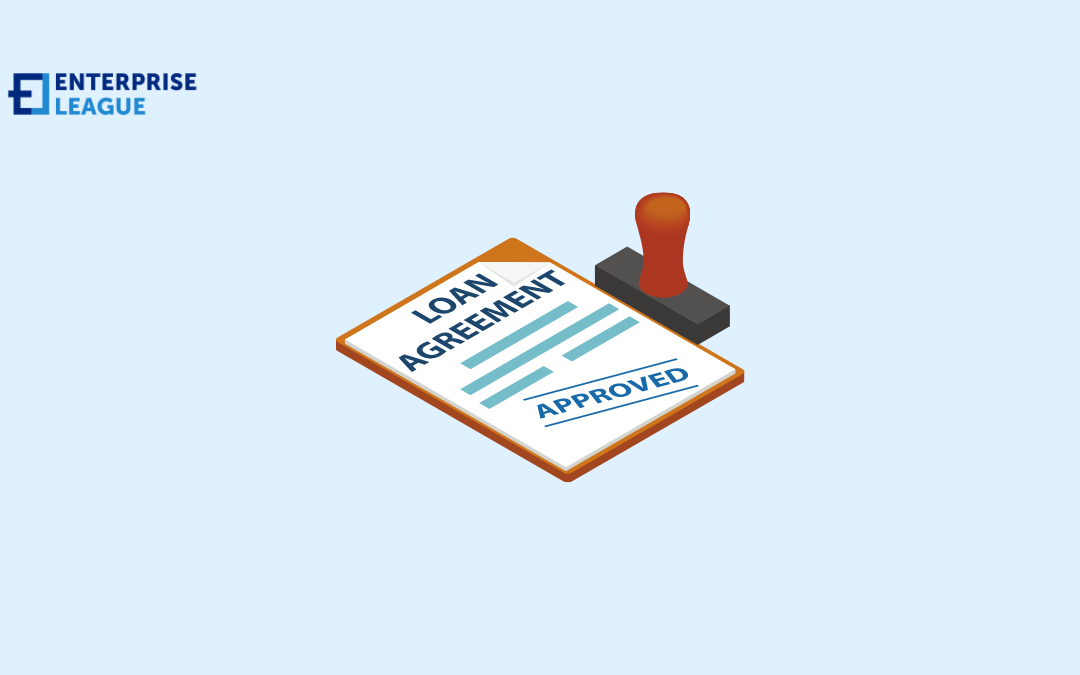
Exploring the different types of direct lender payday loans
Payday loans, easy to access, convenient, without too many requirements, and straight to your bank account within hours only. What else can you ask for?
Direct lender payday loans have never been more diversified. They come with numerous benefits, and they’re extremely attractive, so more and more lenders offer this type of loan.
Obviously, each deal is different, and there are lots of things to take into consideration before committing. From interest rates and fees to the type of loan you require and how much you can borrow, these things will make the difference between a good deal and a disastrous one.
In theory, a payday loan is a short-term loan that can be repaid the next time you get a paycheck, in less than a month. However, direct lender payday loans can be classified based on their features too.
5 popular types of direct lender payday loans
Let’s take a look at the most popular types of payday loans are, and what can you get out of them.
Bad credit loans
They’ll need to know your financial history and how responsible you are when it comes to finances. The score is influenced by previous defaults or late-paid bills.
With these thoughts in mind, bad credit payday loans won’t necessarily consider your score. And if they do, it won’t affect the approval decision. The only thing your credit score could affect would be the interest rate. In other words, the higher your score is, the better your deal will be.
Emergency loans
Many payday loans can be considered emergency loans. When you can no longer wait until your next paycheck, a payday loan becomes the best option. You’ll usually get money straight to your bank account within a couple of days. On the other hand, emergency loans are aimed at those whose urgency can no longer wait.
Whether you need the money today or tomorrow, depends on when you complete the application. Do it in the morning, and you’ll get money to your account within a few hours only.
Ensure you have all the documentation, as missing stuff can delay the application. You’ll usually need identification, proof of address, and perhaps a payslip showing your income. Get everything ready, spend a few minutes to complete the application, and get the money before the end of the day, simple as that.
Online payday loans
Most payday loans can be requested online these days, but you may also need to reach out to some direct lenders in person in order to get them. In some cases, you may have to apply by post. Doing it by post will take days to get accepted while seeing a direct lender in person can get the money in your account straight away.
Online payday loans are issued online. They’re extremely convenient because you can apply them from your computer or smartphone. Everything is done online, from the application to the finding disbursement.
The convenience associated with online loans is exactly what made them so common these days. This is also the reason wherefore so many direct lenders offer the online alternative. They know customers prefer it.
Applying for an online payday loan is a bit risky, so you need to ensure you rely on a reputable direct lender.
Same-day loans
Same-day loans are similar to emergency loans. Of course, it depends on when you apply. Some lenders offer a 24/7 service, but many of them don’t.
Do your application later in the afternoon or evening, and you may not get any money until the next day.
Even if you do it in the morning, you won’t necessarily get the money within an hour or two. But if it’s advertised to be a same-day loan, you’ll get it by the end of the day.
Installment payday loans
Payday loans are usually single-payment loans, but in order to attract more customers, some direct lenders also offer installment payday loans. Installments and agreements vary widely from one lender to another.
For example, you could get an installment payday loan with weekly repayments. You can also get a payday loan that extends over more than just a few months. It doesn’t necessarily follow the main principles of a payday loan, but it’s advertised like that to draw attention.
Usually, you’ll save on the interest rate if you pay everything in one go within the first month. The more months you spread it over, the more money you’ll pay in the long run.
Conclusion
Direct lender payday loans follow some basic principles, but they come with different items, depending on the client’s needs. Generally speaking, more convenience means higher interest rates, so stick to the loan that you actually need only.
More must-read stories from Enterprise League:
- Get entertained and educated with some of the best business movies.
- Why hiring millennials might be the best decision you can ever make.
- Profitable online education business ideas that you should be aware of.
- Unique and profitable drone business ideas you should be aware of.
- Find out how having age diversity in the workplace can improve your business.
Related Articles
Who Is the Best Fire Equipment Wholesaler for Buckeye Fire?
What Are the Top-Rated Waste Management Software Solutions?
Managing waste efficiently has become critical for businesses focused on sustainability and environmental responsibility. Companies of all sizes now rely on specialized technology to improve accuracy, compliance and efficiency in their waste operations. Software...
Leadership Strategies for Post-Rehab Reintegration: How to Support Employees Returning from Residential Rehab
When an employee returns to work after completing an alcohol rehab or residential rehab program, it represents an important step in their recovery and a critical moment for your organization. As a leader, your actions can either strengthen their commitment to...
Can I Get a Quote for Storage Container Rental in Arizona
Storage containers can be a lifesaver when you're running a construction project in Phoenix, setting up a pop-up retail location in Tucson or clearing space at home. Choosing storage container rental in Arizona gives you secure, flexible space without the hassles of...
How to Choose the Right Risk Management Tool for Healthcare Organizations
Cyberattacks have made risk-management tools essential for healthcare organizations' survival, not optional extras. Ransomware attacks pose a major threat, with 386 reported attacks in the first part of 2024, matching 2023's record-breaking pace. IBM now estimates the...

